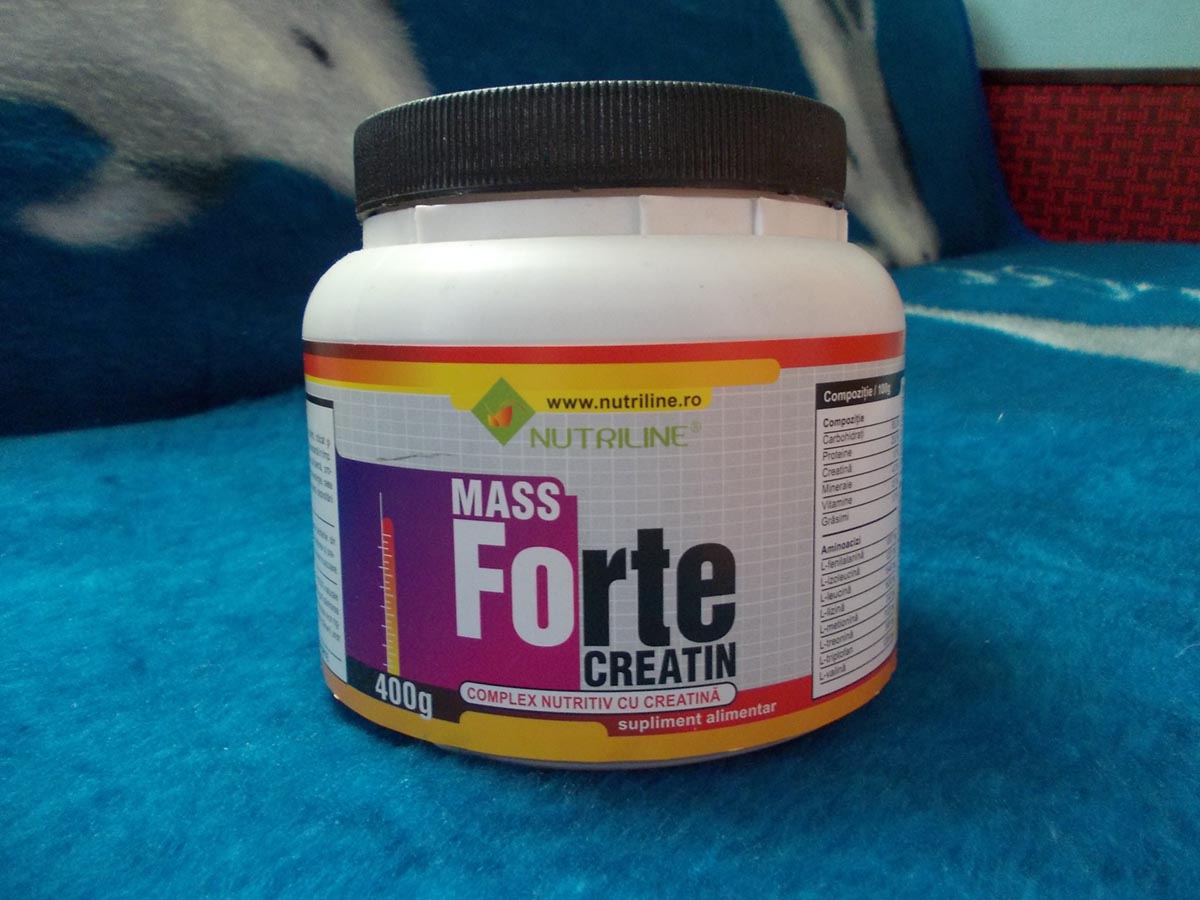
Introduction
Creatine is a skeletal muscle component whose main purpose is to provide the muscles with energy. It was first identified in 1832 by a man known by the name of Michel Eugene Chevreul. Creatine can be stored in the human body and the best natural sources of creatine are different sorts of fresh meat. It is important to stress out that no vegetable contains creatine which means that vegetarians can only ingest creatine in the form of different types of supplements. Creatine can also be found in the human body as one of the vital constituents of proteins. Creatine supplements can be of great help when it comes to improving the strength of the muscles, developing the lean muscle mass and increasing the mineral density of the bones as well.
Facts about Creatine
Creatine is very popular among all sorts of athletes everywhere around the world because it is very efficient in boosting their performance. The energy boost can be explained by the process of conversion of the molecules of adenosine triphosphate into molecules of adenosine diphosphate and then back to their original state. Creatine gets stored in the human body in the form of creatine phosphate and it actually donates the lost adenosine diphosphate molecules so that renewed adenosine triphosphate molecules can be generated with each usage of adenosine triphosphate reserves. The mitochondrial GAMT catalyzes the biosynthesis of creatine in the pancreas and kidneys and it triggers the creatine pathway. Another enzyme is required for the biosynthesis of creatine in the pancreas and the liver and it is known by the name of guanidinoacetate N-methyltransferase. The muscular functioning and tone may sometimes be affected and the only reason for that is a genetic deficiency in the process of creatine biosynthesis pathway. The process of biosynthesis involves three different types of essential amino acids and they are glycine, methionine and arginine. Creatine is very efficient in increasing the strength of muscles but it can also be used for the treatment of certain medical conditions such as muscular dystrophy, mitochondrial diseases, disuse atrophy, congestive heart failure, arthritis, Parkinson’s disease and various other types of neurodegenerative diseases and neuromuscular disorders.
Other Benefits
Creatine can also be of great help for all those who suffer from McArdle’s disease, Lou Gehrig’s Disease and amyotrophic lateral sclerosis. It can also be very efficient in the prevention and treatment of depressive moods, brain trauma, high concentrations of homocysteine and high concentrations of blood lipids. The best sources of creatine include red meat, tuna, herring and salmon. Creatine can be purchased as a supplement in the form of tablets, mixes, capsules, energy bars and syrups. Common side effects of creatine include dehydration and leg pain.


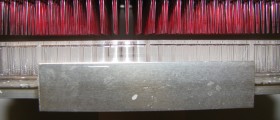


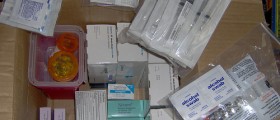

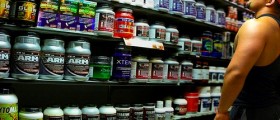


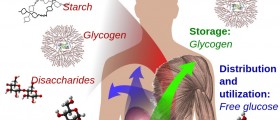

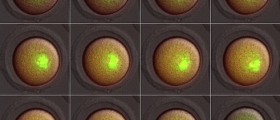


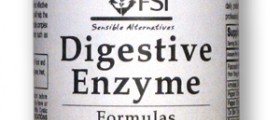

Your thoughts on this
Loading...